Blog
VENOMOUS SNAKES AND SNAKEBITE IN BALI
17 October 2019
How should you behave if you see a wild snake in Bali? Where to go if a snake in Bali bites you. Snakebite first aid. This article is specifically about dangerous venomous snakes in Bali:
As a general rule, respect all snakes, leave them alone, do not disturb them, do not try to catch or kill them, and never put your hands near them. Avoid stepping on snakes, use a robust bright torch/flashlight at night, or walking in poorly-lit areas. Leave lights on where you are staying so you can see a snake if one comes in.
Below are accounts of the six most venomous snakes in Bali. Four are quite common, while the last two are rarer.
Blue Krait’ (Bungarus candidus) Indonesian: Ular Weling. Balinese: Lipi poleng. VENOMOUS!
Blue Krait (Bungarus candidus) (L) Banded form, adult. (R) All black form, young, very shiny.
Photo: © Ron Lilley 2019
Kraits come out and hunt late at night, and can crawl into the house after dark. The Blue Krait is not blue at all, so common or local names are not very reliable for identification. You can sometimes identify these snakes by their gleaming scales, and black and white bands/rings along with their bodies. However, kraits also occur in other colors (all-black, light or dark brown, or with irregular white marks), making them difficult to identify. Besides, several kinds of non-venomous snakes look similar to kraits. One other type of krait, the Banded krait (Bungarus fasciatus), is a rarer new arrival in Bali. It has equally spaced yellow or white and black bands (although brown forms also occur). It is also venomous and has a blunt tail.
People bitten by kraits may feel little or nothing at first, but then after a few hours or less, their condition will worsen rapidly, and their breathing and heart will stop. If you are bitten by a krait (or by any snake!), you must go to the hospital immediately! There is no antivenom for krait bites, but assisted breathing with a ventilator might save the patient.
Spitting Cobra (Naja sputatrix) Indonesian: Ular Kobra, ular Sendok, Balinese: Lipi Uoh.
Spitting cobra (Naja sputatrix) (L) sitting up, spreading its hood. (R)No hood or markings visible.
Photos: © Ron Lilley 2019
Spitting Cobras come in a variety of colors: from black and brown to pale gray to light creamy yellow. Unlike cobras in other countries, these snakes have no distinct markings, and may not even want to sit up as one might expect for a cobra. This makes it easy for people to misidentify a cobra, and think it is not venomous! Like other snakes, cobras do not attack a person unless they are provoked or hurt.
Spitting cobras are found in rice fields and gardens where they hunt rats. They are also attracted to houses and gardens where they will even eat frogs, lizards, and other snakes. Rubbish piles attract rats, which in turn attracts cobras!
Besides being able to strike and bite, the spitting cobra can spray venom from its fangs for a distance of up to one to two meters. If someone is sprayed in the face, the eyes should be gently flushed out with running water for 30 minutes. It is essential not to rub the eyes. Otherwise, the venom can cause swelling and permanent blindness. Then see a doctor who will treat the eyes to reduce the soreness.
Cobra bites are locally painful and cause swelling. The victim will eventually be unable to breathe, and the heart will stop. The sting of this cobra can be dangerous, and if bitten, one should go to the hospital immediately!
Green Island pit viper (Trimeresurus insularis) Indonesian: Ular Hijau. Balinese: Lipi gadang, TambuVENOMOUS!
Island pit vipers account for more venomous snakebites in Bali than other snakes. Note the triangular head separated from the body by a thin neck. The eyes are red. The body is relatively fat and short (less than 1m). The tail is red or brown. Other green snakes in Bali are often mistaken for vipers, but they lack the red tail, and their body proportions are quite different.
Pit vipers are found along river valleys and smaller streams. They come into human settlements because people like to have damp, tropical gardens. These vipers hide up in the trees, bushes, and in walls during the daytime, and come down to the ground to feed after dark. They are very well camouflaged and can be challenging to see, even in short grass, so they are easily stepped on by people who do not use a strong torch when walking.
Pit viper bites are painful and cause immediate swelling, spread to the rest of the victim’s body if not treated. Untreated bites can lead to internal bleeding, skin blackening, and the need for amputation of the limb. As with any other snakebite, a person bitten by a viper must immediately be taken to the hospital!
Banded Sea Krait (Laticauda colubrina) Indonesian: Ular Laut VENOMOUS!
Banded sea krait (Laticauda colubrina (L) showing the flat tail, and (R) swimming on a reef.
© Ron Lilley 2016
The snake has black and grey bands along with the whole body’s whole length and tallow markings on the head. Like all sea snakes, it has a characteristic flattened, paddle-shaped tail. Sea kraits are quite common around the beaches of Bali. They are considered ‘holy’ (‘ular suci’) and can sometimes be seen in small caves at Tanah Lot.
Most ‘true’ sea snakes live far out to sea, (there may be 15-20 different kinds) and do not come ashore. In contrast, the Banded sea krait can crawl onto land and hide among the rocks, where it also lays its eggs. It can be encountered on beaches and in the shallow sea, both day and night, but more often after dark. It moves slowly when crawling on land.
There is a myth that sea snakes do not want to bite, and if they do try to eat someone, their heads are too small to be able to inject venom. These stories are not real. Although sea kraits are reluctant to bite, they are highly poisonous, and a victim will become paralyzed and may die before they can reach a hospital. Sea snakes are curious and may approach a diver or snorkeler, but they have no reason to bite anyone unless they are held, stepped on, or hurt. There is no antivenom to treat sea snake bites in Bali.
King Cobra (Ophiophagus Hannah) Indonesian: Ular King Kobra, Ular Raja.
King Cobra, (L) captive adult, mouth tied shut. (R)Young animal showing the diagonal markings on the hood and along the body.
Photo: © Ron Lilley 2016
King cobras are the world’s longest venomous snakes, growing to over 1m long. The hood on a king cobra is slightly longer and thinner than that of the spitting cobra, and the diagonal bars are markings that are seen on the young animal are often still visible in the adult snake.
King cobras only occur naturally in the forests of West Bali but may be spreading to other parts of the island. Because they are reluctant to bite, they are frequently used in shows for public entertainment, and for people to take ‘selfies’ with them. However, because the venom is produced in large amounts, a bite from a king cobra is often fatal, the victim dying of paralysis within a few hours. There is no antivenom for King cobra bites in Bali. However, going immediately to a hospital is still better than doing nothing after a bite!
Asian Coral snake (Calliophis intestinalis) VENOMOUS!
Photo: Asian Coral Snake (Calliophis intestinalis)
© Ron Lilley 2017
Asian coral snakes do not live in the sea as their name implies, but in the soil and under leaves. They are venomous but very rarely seen. They are small (less than 35cm long), black or dark brown, and with a yellow or orange stripe along the whole body—the stripe forks to form a ‘V’ behind the head. The underside has black and white bars, and the bottom of the tail has red and black bars.
If an Asian coral snake bites you, you must immediately go to the hospital. There is no antivenom for the treatment of Asian Coral Snakebites in Bali.
WHAT YOU SHOULD DO IF BITTEN BY A SNAKE
BEFORE ANY SNAKEBITE HAPPENS: ASK YOUR NEAREST HOSPITAL OR CLINIC WHETHER THEY CAN TREAT SNAKEBITE OR NOT. SOME WILL SAY “NO”! KNOWING WHERE TO GO IN AN EMERGENCY SAVES VALUABLE TIME! KEEP THE EMERGENCY NUMBER HANDY AND VISIBLE TO ALL!
After being bitten by ANY snake here:
1. Stay as calm and still as possible.
2. Do not cut or suck the bite site, and do not apply a tourniquet (rope, string or belt) above the bite site!
3. Make a note of the time of the bite.
4. Remove rings, bangles, bracelets, etc. in case the bitten area swells.
5. Immobilize the bitten limb with a splint and keep it as still as possible.
6. Do not give any food or water – it might cause vomiting.
7. Do not use cold- or hot packs on the bite site.
8. Do not give any medicines or apply any creams, salves,’ traditional cures’ or oils to the bite site. The addition of anything medical or herbal may mask symptoms and/or potentially complicate treatment.
9. Have the patient carried to a vehicle and taken to the hospital as quickly as possible.
10. Call the hospital ICU / UGD to prepare to accept a snakebite patient. Sanglah Hospital (Denpasar) staff have experience in dealing with snakebite, but check for others;
SANGLAH HOSPITAL, DENPASAR. - Telephone 0361 227-911. Then press 0 (Zero/Nol) for the operator, and tell them to expect a snakebite victim. Do not wait for an ambulance to come!
Ari Canti hospital in Mas, south of Ubud, (Tel. 0361 974573) has some experience treating snakebite.
11. Photos or descriptions of the snake are beneficial or type of treatment, but do not waste time trying to catch or kill it. This can potentially be very dangerous!
12. Give the treating doctor the phone number of
Dr. Tri Maharani +62 0853 3403 0409.
She is Indonesia’s foremost snakebite management specialist (RECS Indonesia). She will listen to the symptoms from the doctor and then advise on treatment. In many cases, antivenom (if available) will not be necessary. The key is the initial observation to assess whether there are any local or systemic effects of the bite, and monitoring of vital signs (pulse, etc.). Blood tests may be advised. Some symptoms may take many hours to appear, so a lack of symptoms after a snake bite is not necessarily a sign that no venom was injected! Hospital treatment can include pain killers, anti-inflammatory drugs to reduce swelling, and airway/breathing assistance.
13. Be prepared to stay in the hospital at least 48 hours for observation, and maybe much longer.
14. Snakebite treatment here is often elementary, but chances of survival are useful if the patient is admitted to the hospital as soon as possible after the bite. Treatment can be costly, so it is best always to take precautions to avoid being bitten!
This information is from the World Health Organization Snakebite Management Manual and RECS Indonesia.
USEFUL NUMBERS:
- Sanglah Hospital in Denpasar: Jalan Kesehatan Selatan No. 1 Sanglah Dauh Puri Klod, Denpasar Barat, UGD (+62) (0)361 227 911 to 15
For snake removals, snake identification, snakeproofing information, snake safety talks, snakebite information, Contact Ron Lilley, Bali Snake Patrol: (+62) (0)813 3849 6700
https:// www.facebook.com/ronlilleysbalisnakepatrol
Safe Snake Removal: r. Herbert (+62) (0)853 3307 7787
Bali Reptile Park Gianyar 0361-299344 or Tabanan: 0361-829353, call them and ask.
Bali Reptile Rescue (+62) (0)821 4638 0270
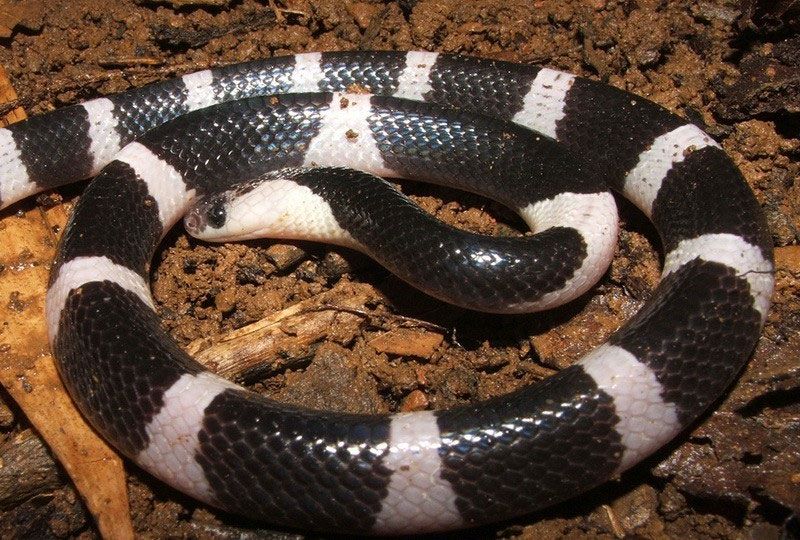
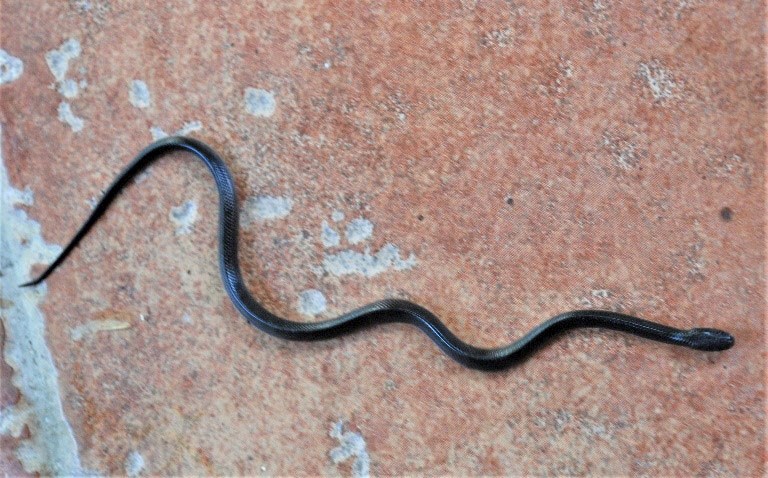

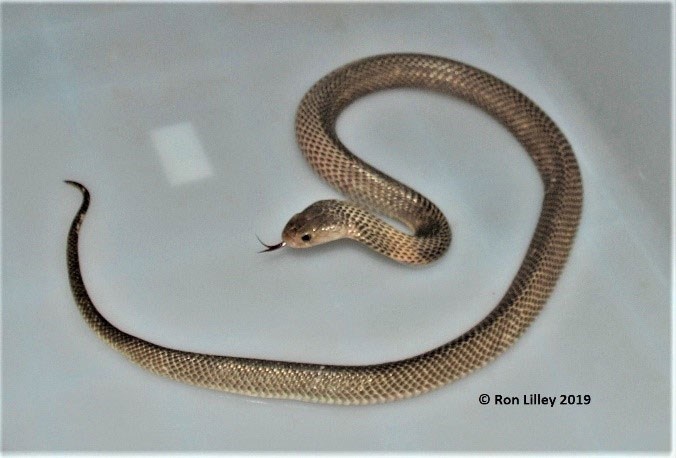
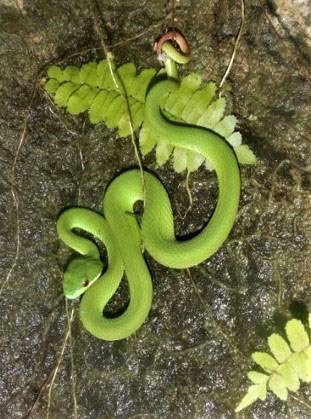

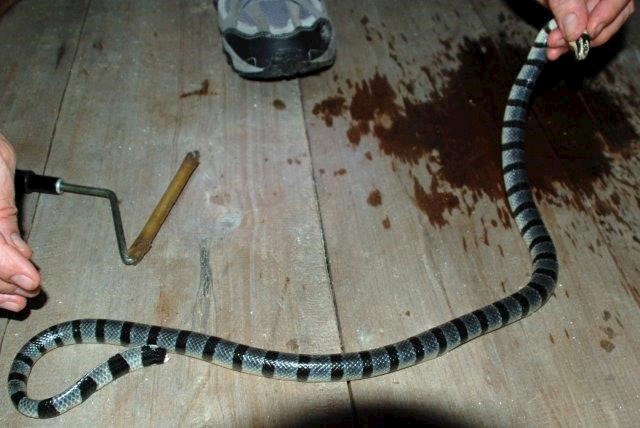

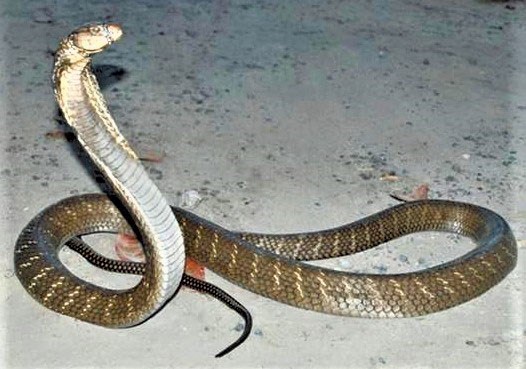




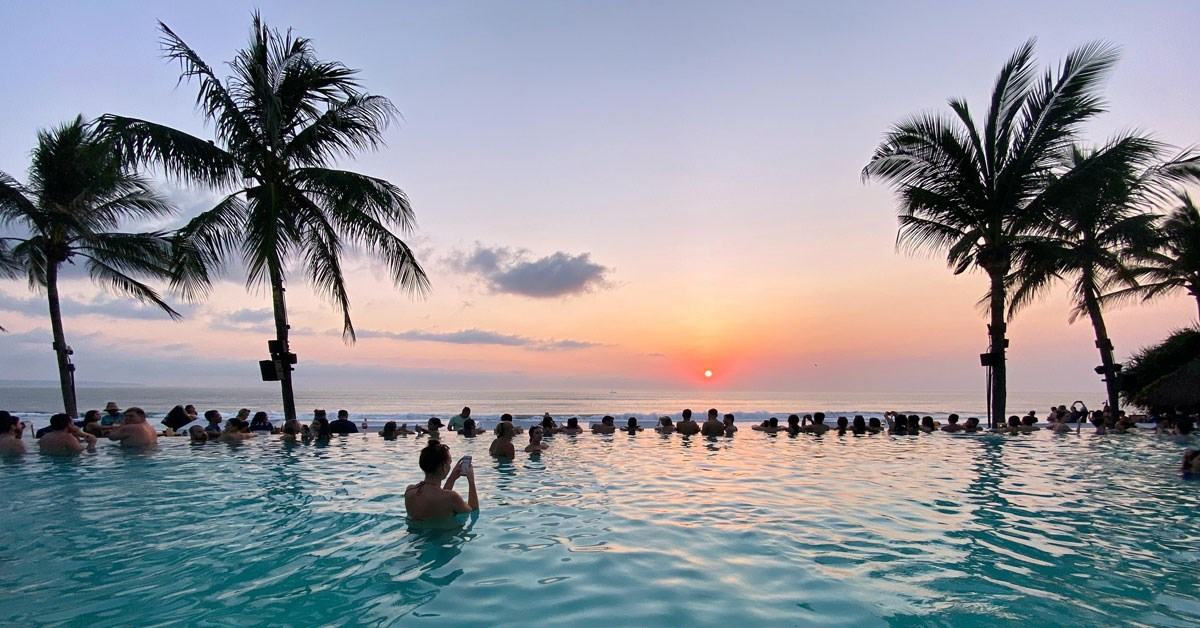
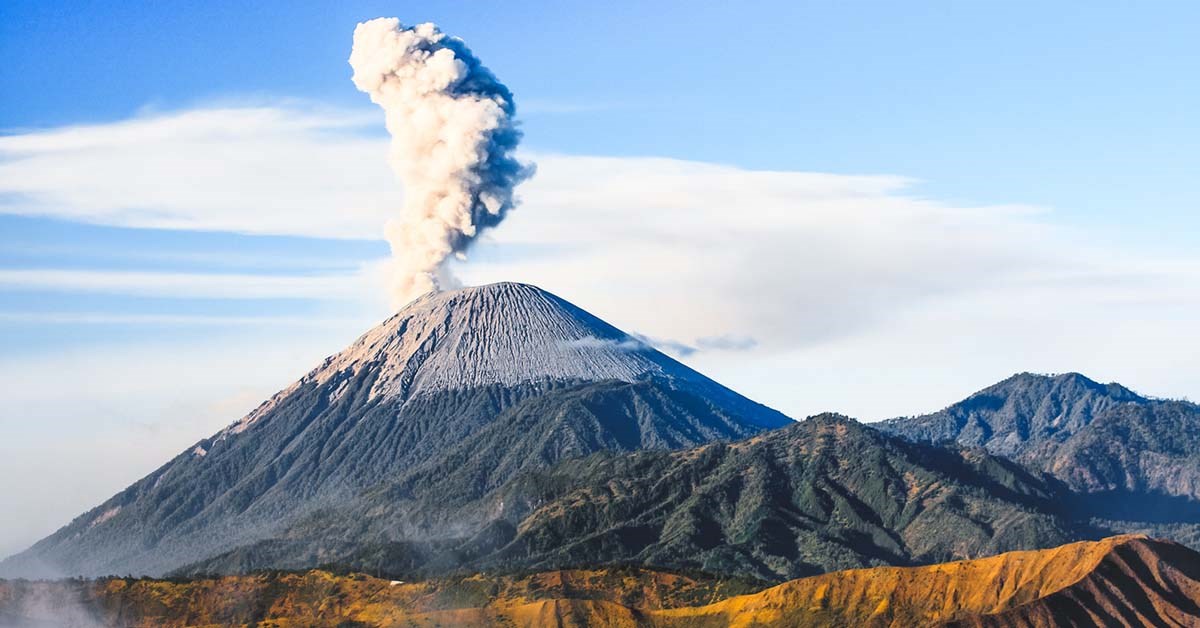
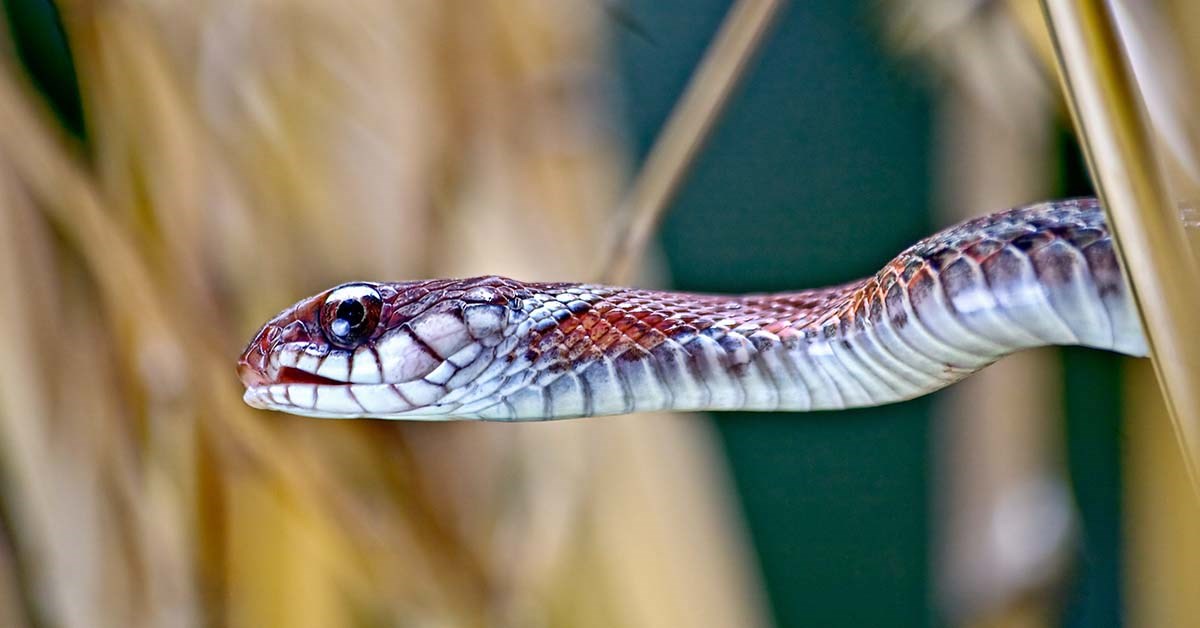
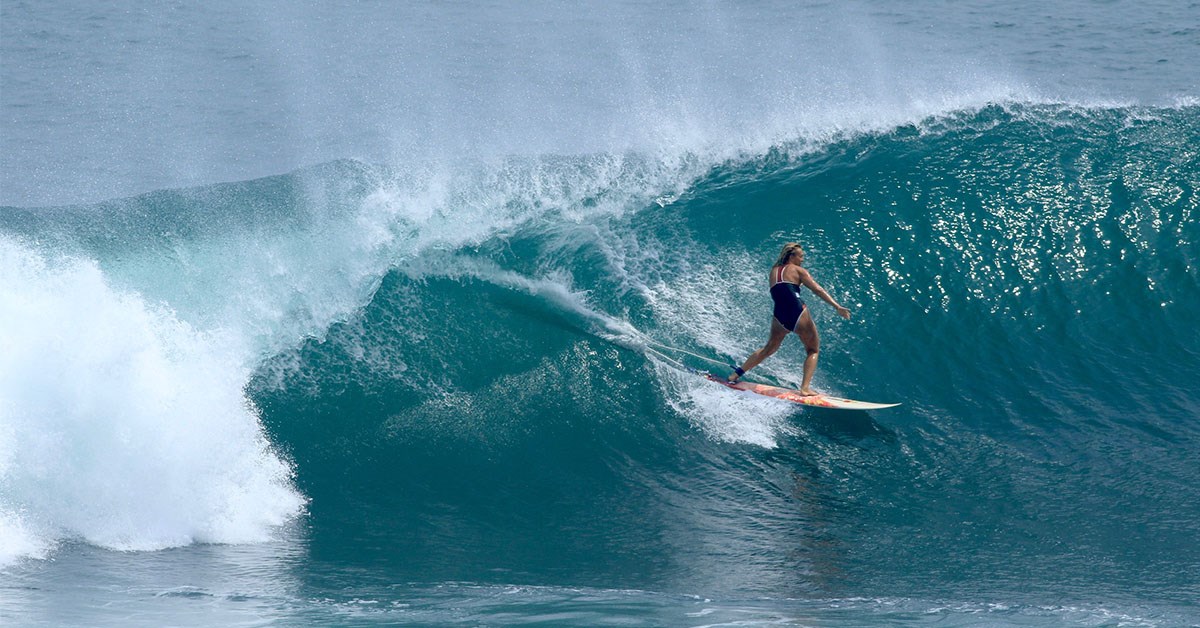
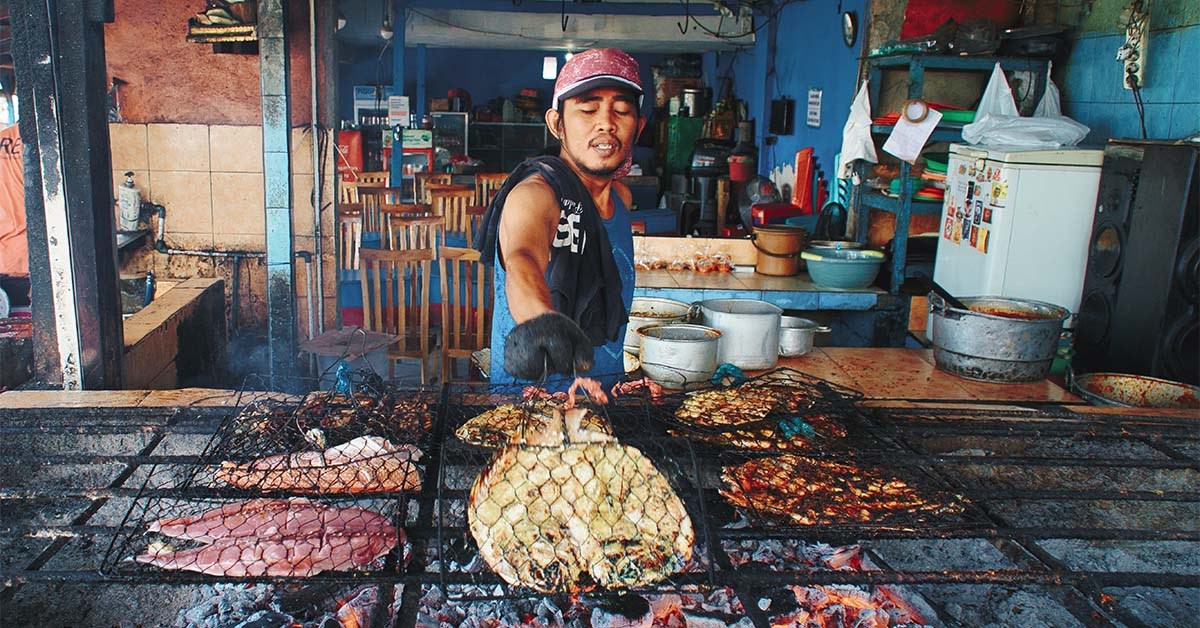




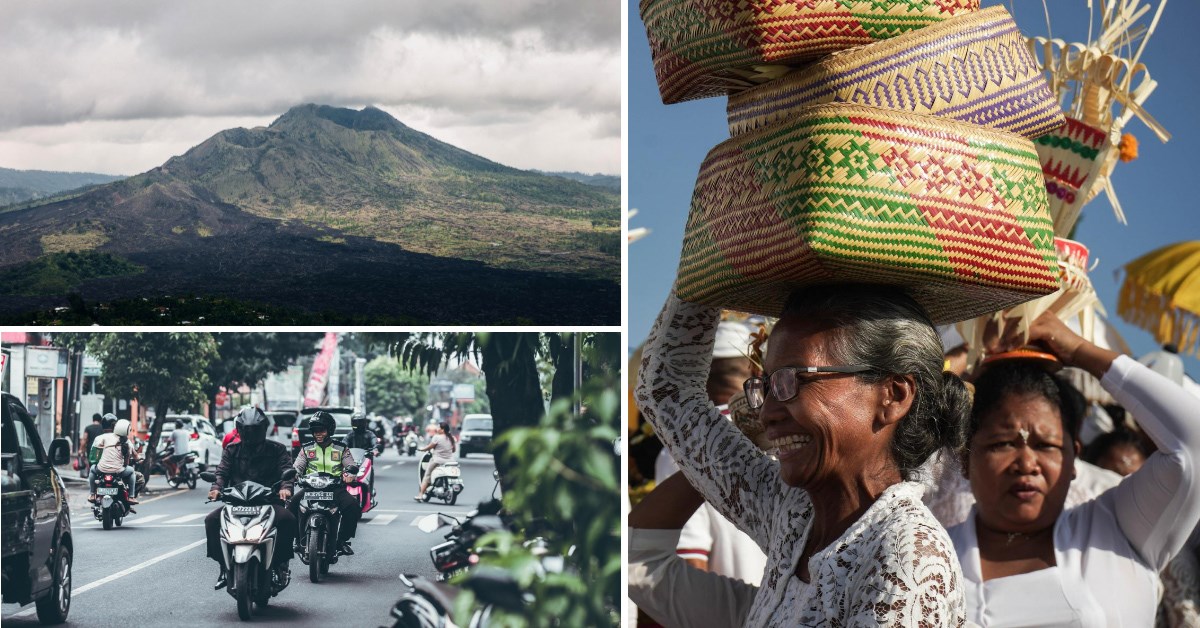



Be the first to leave a review